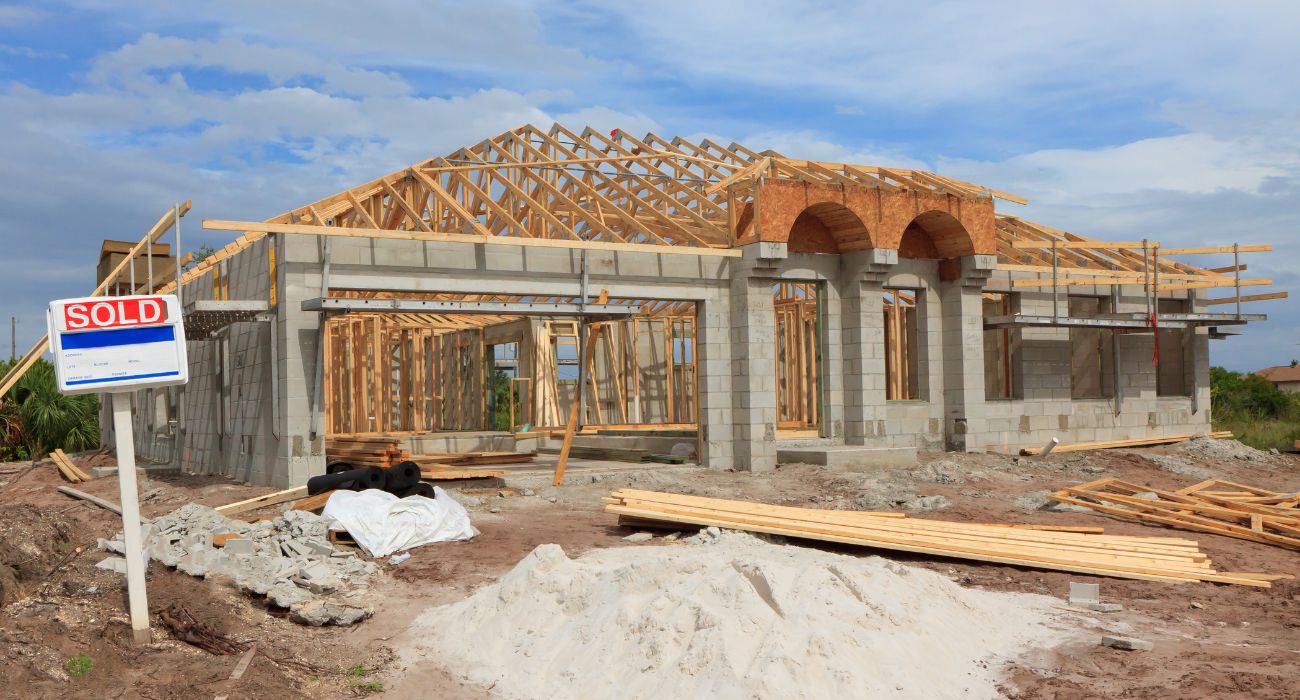North Texas is one of three major metro areas facing a severe housing shortage in 2023, according to a new report.
The Dallas-Fort Worth metro had one of the country’s most constrained long-term housing supplies in the second quarter of 2023, a new market analysis from the Bank of America Institute (BAI) suggests. Besides DFW, the metro areas around San Antonio and Orlando also saw severe housing deficits during the quarter.
“Our analysis suggests that San Antonio, Dallas, and Orlando, as of 2Q 2023, have the most constrained housing supply as buoyant labor markets continue to attract people to cities,” BAI said in the report.
Due to the large influx of residents and businesses to these three markets, their respective ratios of housing units to population each fell below the 0.43 national average. For instance, DFW saw its population grow 0.5% and had a unit-to-population ratio of 0.39 in Q2, according to the analysis.
As a result of DFW’s low housing supply, homes have appreciated 49% in value over the past two years, outpacing the national average and pushing homeownership farther out of reach for many would-be homeowners. On the other hand, Orlando saw its home prices appreciate by nearly 60% over the same period.
In addition to rising home prices, employee wages have increased over the past few years. DFW saw employee wages increase 14% since January 2019, roughly 10 percentage points more than the national average during that time, while Orlando saw wages rise 10%, the report notes.
While BAI notes the higher construction trends in the undersupplied markets, the banking institute continues to ponder “whether supply will continue to keep up if the inward migration trends are sustained in these growing parts of the country.” If not, BAI said “there will continue to be a strong housing need.”
On the opposite side of the spectrum, the three metro areas with the highest supply of housing relative to population were St. Louis, Detroit, and Miami. This was either due to declining population or excess residential construction.
To conduct its analysis, BAI looked at internal transaction data, account migration patterns, and other sources, as well as comparisons with second-quarter population trends and housing supply.






